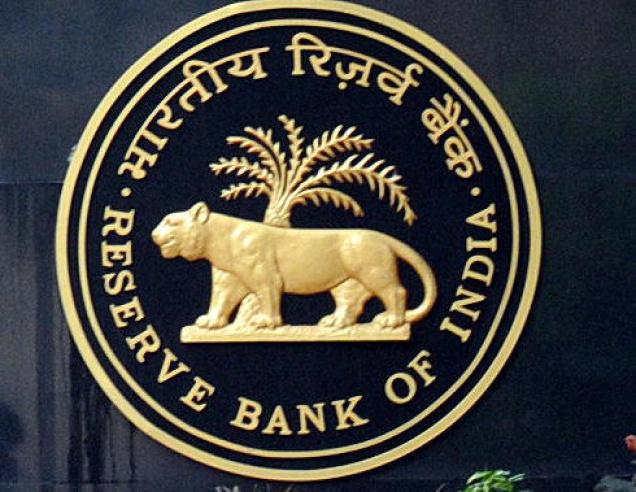
Recently, the government promulgated the Banking Regulation(Amendment) Ordinance, 2017, to tackle the huge amount of bad loans that have accumulated in the Indian banking system in general and the government owned public sector banks in particular. Bad loans are essentially loans in which the repayment from a borrower has been due for 90 days or more.
This Ordinance is now being looked at the magic pill which will cure the problems of Indian banks. Will it?
The Ordinance essentially gives power to the Reserve Bank of India(RBI) to give directions to banks for the resolutions of bad loans from time to time. It also allows the Indian central bank to appoint committees or authorities to advise banks on resolution of stressed assets.
The basic assumption that the Ordinance seems to make is that the RBI knows more about banking than the banks themselves. This doesn’t make much sense for the simple reason that if the RBI was better at banking than the banks themselves, it would have been able to identify the start of the bad loans problem as far back as 2011, which it didn’t.
Over and above this, this is not the first time that Indian banks have landed in trouble because of bad loans. They had landed up in a similar situation in the early 1980s and the early 2000s as well, and the RBI hadn’t been able to do much about it.
In fact, at the level of banks, many banks have been more interested in postponing the recognition of the problem of bad loans. This basically means they haven’t been recognising bad loans as bad loans. One way of doing this is by restructuring the loan and allowing the borrower a moratorium during which he does not have to repay the principal amount of the loan. In some cases, even the interest need not be paid. In some other cases, the tenure of the loan has been increased. In many cases this simply means just pushing the can down the road by not recognising a bad loan as a bad loan.
Why have banks been doing this? The Economic Survey gives us multiple reasons for the same. Large debtors have borrowed from many banks and these banks need to coordinate among themselves, and that hasn’t happened. At public sector banks recognising a bad loan as a bad loan and writing it off, can attract the attention of the investigative agencies.
Also, no public sector banker in his right mind would want to negotiate a settlement with the borrower who may not be able to repay the entire loan, but he may be in a position to repay a part of the loan. As the Economic Survey points out: “If PSU banks grant large debt reductions, this could attract the attention of the investigative agencies”. What makes this even more difficult is the fact that some of defaulters have been regular defaulters over the decades, and who are close to politicians across parties.
Hence, bankers have just been happy restructuring a loan and pushing the can down the road.
Over and above this, writing off bad loans once they haven’t been repaid for a while, leads to the banks needing more capital to continue to be in business. In case of public sector banks this means the government having to allocate more money towards recapitalisation of banks. There is a limit to that as well.
Also, a bigger problem which the Economic Survey does not talk about is the fact that the rate of recovery of bad loans has gone down dramatically over the years. In 2013-2014, the rate of recovery was at 18.8 per cent. By 2015-2016, this had fallen to 10.3 per cent. Hence, banks were only recovering around Rs 10 out of the every Rs 100 of bad loans defaulted on by borrowers. This is clear reflection of the weak institutional mechanisms in India, which cannot change overnight.
Also, many of the companies that have taken on large loans are no longer in a position to repay. As the Economic Survey points out: “Cash flows in the large stressed companies have been deteriorating over the past few years, to the point where debt reductions of more than 50 percent will often be needed to restore viability. The only alternative would be to convert debt to equity, take over the companies, and then sell them at a loss.”
The first problem here will be that many businessmen are very close to politicians.
Hence taking over companies won’t be easy. Over and above this, it will require the government and the public sector banks, working with the mindset of a profit motive, like a private equity or a venture capital fund. And that is easier said than done.
The column originally appeared in the Daily News and Analysis on May 22, 2017.